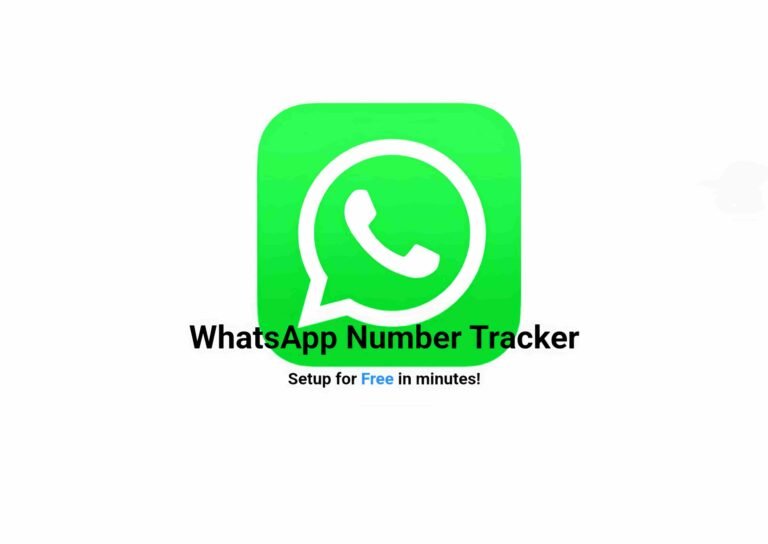The SaaS industry is booming with revenues projected to hit over $200 billion by 2025. The future is in businesses with recurring revenue and scalable potential—AKA SaaS companies.
What is SaaS?
SaaS stands for Software as a Service. It’s a cloud-based model in which users access software over the Internet without needing to download it.
The best part about creating a SaaS company is that you can build the product once and sell it forever. This is an attractive model for entrepreneurs, and it can be run remotely (yes, even from the Bahamas if you want to).
I know I have way too many subscriptions to SaaS companies because signing up is so easy that I almost forget I did.
By the end of this post, you’ll know the exact steps to launch your own SaaS company and create a recurring and consistent income stream. I’ll not only show you how to build a business but also how to validate it, market it, and scale it.
Why Start a SaaS Business?
SaaS companies have a unique advantage in the marketplace:
- Recurring revenue
- Scalability
- Global reach
But how do you make sure people are willing to spend money on your product?
Step 1: Market Research
The most important part of any business is ensuring there’s a market for it—meaning people are already spending money on similar solutions.
Before anything else, answer these two critical questions:
- What problem is your SaaS product solving?
- Who are you solving it for?
Use Google to research:
- Your competition
- Market size
- Industry trends (growth, top spenders, emerging trends)
A great tool for this is Frederick AI.
Step 2: Build a Prototype (Before Spending Thousands)
Instead of dumping money into development before validating demand, build a prototype.
An easy way to do this is by creating a wireframe (a visual blueprint of your software). You can:
- Sketch it with pen and paper
- Use tools like Balsamiq or Figma
This helps developers understand your vision before coding begins.
Step 3: Validate Your Idea (Before Building the Full Product)
This step will save you from wasting money. The moment someone pays you, you officially have a business.
Method 1: Start a Waitlist
Get users to sign up before building the app. Incentivize sharing with:
- Points
- Discounts
Tools to create a waitlist:
- Waitlist
- Viral Loops
- Shopify Forms
- Google Forms
Method 2: Early Adopter Program
Offer participants a discounted license in exchange for early access. Benefits could include:
- Verified status on the platform
- Involvement in feature creation
Daniel Priestley (who built a $10M company by age 21) says validation is the most crucial step before investing heavily.
Step 4: Build an MVP (Minimum Viable Product)
An MVP is a bare-bones version of your product with just enough features to demonstrate value.
Tools to build an MVP:
- Figma
- Bubble
- Shopify
- Glide
Examples of Successful MVPs:
- Buffer started with a landing page explaining social media scheduling.
- Zapier began as a manual process (the founder connected apps by hand!).
- Airbnb tested demand by listing their apartment.
Step 5: Pricing Your SaaS Product
Before setting prices, research competitors in your space. Also, factor in:
- Monthly costs
- Break-even timeline
Popular SaaS Pricing Models:
- Subscription-Based (Netflix, Shopify, Spotify)
- Freemium (CapCut, Dropbox)
- Usage-Based (Stripe)
- Flat-Rate (Notion, Adobe Express)
- Per-User Pricing (Slack, Zoom)
“A great pricing strategy doesn’t just maximize revenue—it maximizes your customers’ success.” – Patrick Campbell (ProfitWell)
Step 6: Marketing & Customer Acquisition
How will customers find you? Marketing is your best friend.
Top Strategies:
✅ Partner with influencers & thought leaders (give free access in exchange for promotion)
✅ Affiliate marketing (pay influencers per referral)
✅ Run paid ads (Facebook, TikTok, Google)
✅ Offer free trials (let users test before buying)
✅ Create educational content (build trust & community)
✅ Showcase reviews & success stories (social proof sells)
✅ List on the Shopify App Store (if serving businesses)
Tools to find influencers:
- LinkedIn Sales Navigator
- Apollo.io
- Shopify Collabs
Step 7: Building Your SaaS Team
You’ll need:
- Developers (to build the software)
- UI/UX Designers (for interface)
- DevOps Engineers (optional)
- Customer Support
Where to Hire Talent:
- Toptal (top 3% talent)
- Wellfound (for startups)
- Gun.io (software specialists)
- You don’t need a big team to start—outsource development if needed.
No-Code Alternatives:
- Bubble
- Glide
- Adalo
(Downside: You don’t fully own the software.)
Helpful SaaS Tools:
- Firebase (app development)
- Maxio (billing)
- FullStory (behavioral analytics)
Step 8: Keeping Customers Happy
- Provide ongoing support
- Update software regularly
- Fix bugs quickly
- Monitor feedback
Goal: Reduce churn & increase retention.
Step 9: Scaling Your SaaS Business
Use the 80/20 Rule:
- 80% of results come from 20% of efforts
- Double down on what works
Scaling Strategies:
- Refine target customers & retarget them
- Upsell (solve additional problems)
- Expand to new markets
- Automate processes
- Raise funding (if needed)
Common SaaS Challenges (& How to Overcome Them)
- High Churn Rate (aim for <5%)
- Survey customers who leave
- Improve weak areas
- Competition
- Stay ahead with better features
- Listen to customer feedback
Future of SaaS Trends
- AI Integration
- Micro-SaaS (smaller, niche products)
- White-Label SaaS (rebrand existing software)
- Market Consolidation (big companies buying smaller ones)
Final Thoughts
“Being an entrepreneur means doing the known work for the unknown outcome.”
Success comes from taking action quickly. Don’t let ideas sit in your head—build, validate, and launch.

